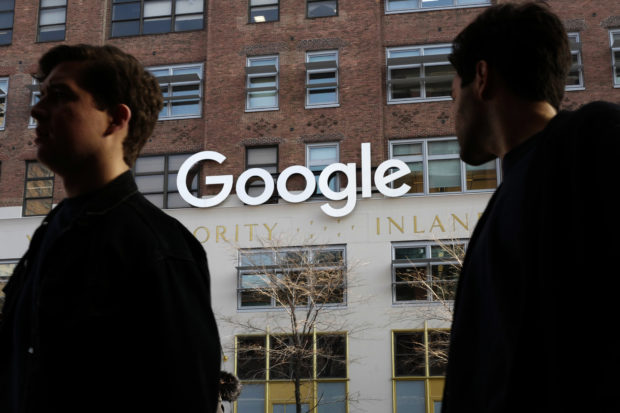How To Build Your Facebook Ads Vs Google Ads Strategies
When planning out your marketing budget, the question often arises about where to put your marketing dollars. If you are new to digital advertising, congratulations on making the first step to improving your online presence. It is critically important to maximize your online exposure, so you can increase your website visits and hopefully have the client take an action on your website that you can monetize. We are going to break down some top tips for you to help you set up some successful campaigns.
First Steps
Before beginning either campaign, you need to take some time with your team to determine your marketing goals. What do you hope to accomplish with the additional traffic coming to your site? This is a great time for you to do a website audit and make sure that your landing pages are built to convert. For example, if you are selling a product, how does the product page look? Is it easy to check out? You also will want to look at how many steps it takes to complete checkout. You want these steps as frictionless as possible. Take notes on what can be improved and begin making the changes immediately. If you are offering a service and are looking to collect contact information, make sure that all the info the prospective client needs is available on the first page. You also want your form to be easy to fill out and make sure it is clear what the client will receive in exchange for providing their information. Make sure this is something of value, (maybe a free PDF with additional information that they can use, like a teaser).
Before running your Facebook ads, you need to first set up your Facebook Pixel. Uploading your pixel is easy, you simply go to your Facebook Ads Manager, and click on Pixel. From there, you will get a small script that you can install on your website. Installing this script will give Facebook and you powerful information that will help optimize your ads for you. The more information that your Pixel can gather off your clicks to website, the better your ads will perform and the lower the cost per click will become. With Facebook, you will be able to optimize your ads and set up a Facebook Ads funnel that will help you achieve the action that you want taken from your ads.
Google can be especially daunting for businesses new to digital advertising. The great news is it doesn’t have to be scary to set up your first campaign. One of the most important things to remember when choosing your Google keyword campaigns is to keep it simple. When you are first starting out, it is critical to choose the best keyword for your business and go with that. Don’t get caught up in bidding on tons of keywords in hopes of capturing market share. If you are working on a tight budget this will hurt your Google results. It spreads your spend over so many words that your ranking will suffer. Think about using keywords with lower competition to stretch your budget. You can even use long tail keywords as a way to reduce your cost per click, which should send more traffic your way.
Retargeting
Retargeting is a must with either Facebook or Google. Retargeting or remarketing is simply when a client visits your site, they will begin to see ads prompting them to revisit your site on other websites or on social media. With Google, you can set up display ads that work with an image or multiple images that operate like banners across Google’s display network. These are great for remarketing because you only pay when someone clicks on it. You get a lot of exposure for a small budget. On Facebook, you can run a dynamic retargeting campaign that will showcase the products or services that you looked at. These can appear right in the prospective client’s news feed.
Conclusion
When you are working on your marketing budget, you should definitely make room for ads. Every business is unique, and their marketing plan should be tailored to their needs. There is no correct answer as far as choosing Google or Facebook. Most successful digital marketers will use a combination of the two. They both have pros and cons as to what type of results they deliver. By running a combination of the two options, you can begin to dominate the digital space.

